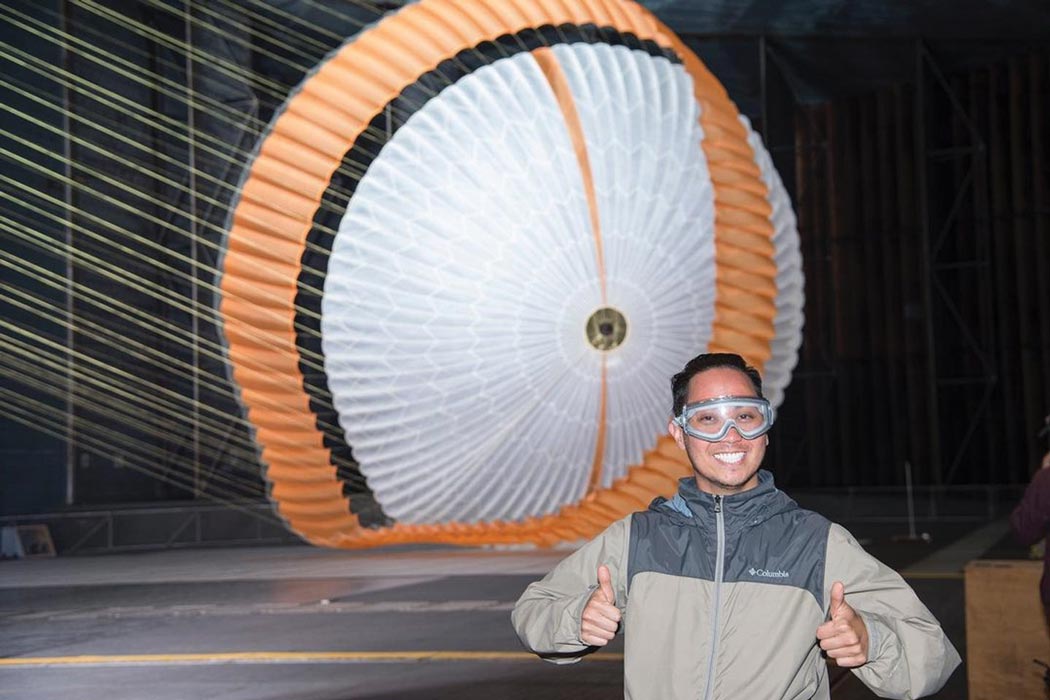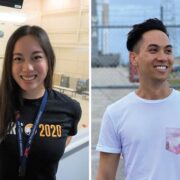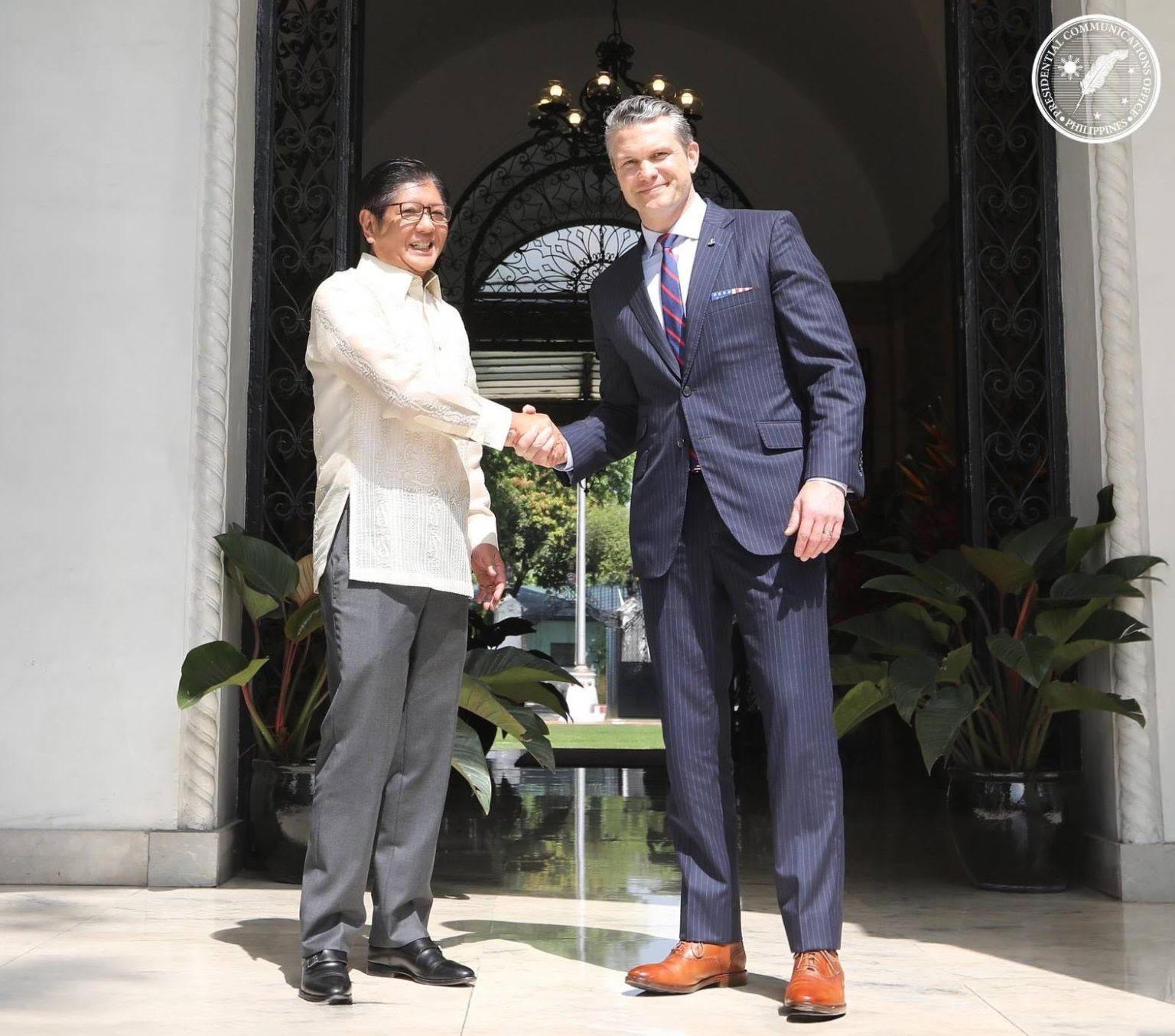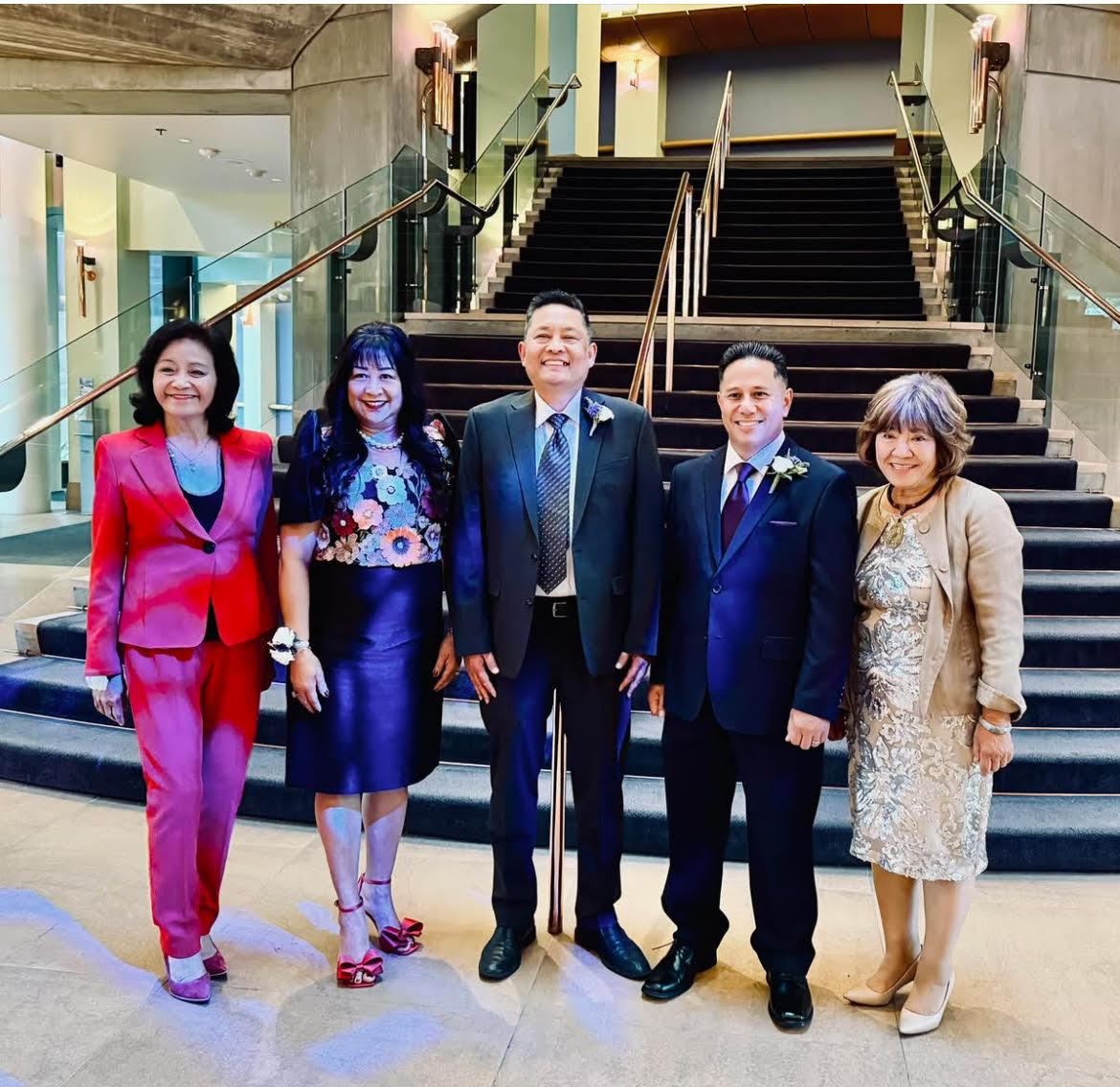
AFTER a seven-month-long journey, NASA’s Perseverance rover made its historic landing on Mars in mid-February, ushering in a new era of exploration and study on the red planet.
Perseverance is touted as the “most advanced astrobiology laboratory ever sent to another world.” The mission was launched on July 30, 2020 from Cape Canaveral Space Force Station in Florida, and touched down in Jezero Crater on Mars on February 18, 2021 at 12:55 p.m. PST.
The 2,263-pound robotic geologist and astrobiologist, which is roughly the size of a car, will undergo several weeks of testing before it begins its two-year science investigation of the Jezero Crater. Its primary aim is to study the rock and sediment of Jezero’s ancient lakebed and river delta to characterize the region’s geology and past climate.
“This landing is one of those pivotal moments for NASA, the United States, and space exploration globally — when we know we are on the cusp of discovery and sharpening our pencils, so to speak, to rewrite the textbooks,” acting NASA Administrator Steve Jurczyk said.
Several Filipino Americans were among the thousands of brilliant minds who played integral roles in the momentous landing. They include Gregorio Villar III, an entry, descent, and landing (EDL) systems engineer, and Marianne Gonzalez, a chemical engineer. Both work at NASA’s Jet Propulsion Laboratory in Pasadena, California.

Gregorio Villar III
The 33-year-old engineer has been with the space agency for over 12 years, working as an EDL systems engineer at JPL.
His career highlights include directing a Mars parachute test campaign at the world’s largest wind tunnel, as well as leading a council of atmospheric scientists from institutions around the world to characterize the Martian atmosphere.
He also spent seven-and-a-half years building and testing a system that would land a car-sized rover on Mars.
To add more to his list of achievements, Villar is also the head verification and validation engineer for the EDL phase of Perseverance.
Villar credited his education in the Philippines for his NASA journey.
“I thank part of my education in the Philippines for that. I studied so much in the Philippines, my foundation in math and physics because of my teachers there in high school,” he said in an exclusive interview with Teleradyo.

Villar was born in the United States to Filipino parents, but he went to the Philippines when he was 13 years old to spend time with his father.
He studied high school at Saint Louis University-Laboratory High School in Baguio City, Philippines before moving back to the U.S. where he earned a bachelor’s degree in physics from the California State Polytechnic University in Pomona and a master’s degree in astronautical engineering from the University of Southern California.
A career-related to space has been a life-long dream for Villar, who grew up fascinated by science fiction films like “Apollo 13” and “Independence Day.”
He wanted to be an astronaut, and the thought of going to Mars himself one day is what excites him about the Red Planet and space exploration.
“The dream is to go to space someday, maybe even Mars… It’s just cool right? Like another planet, like outer space. Things that we grow up watching in movies like ‘Star Trek’ and ‘Star Wars.’ Just the idea of going to another planet is really really awesome,” Villar said.
As the EDL engineer of the Mars 2020 mission, the Fil-Am engineer was involved in assisting the safe landing of the rover.
It was a complicated process to land since it can be affected by a lot of factors, he said.
“It’s known as the ‘seven minutes of terror.’ That’s what entry, descent, and landing is. We enter the atmosphere of Mars, we descend the atmosphere and we land,” he told Teleradyo.
The landing on the atmosphere of Mars causes friction to slow the rover down, prompting the team to release a large parachute called the supersonic parachute which is ejected faster than the speed of sound.
“After that, we separate the heat shield that covers the spacecraft. The Rover comes down on rockets; it has its own jet pack. The jet pack lowers the Rover, it separates the Rover on its cables. It safely touches the ground, then the jet pack flies away,” explained Villar.
“All of that is extremely complicated with thousands of things happening left and right. There’s so many things that can go wrong in those seven minutes. It’s extremely frightening, extremely nerve-racking,” he added.
Villar also revealed that he was not the only Filipino American who worked on the Mars 2020 mission.
“There are other Filipinos who worked on Perseverance as well. Not just me,” the engineer said.
Marianne Gonzalez
Gonzalez, a 28-year-old second-generation Filipina American, has spent nearly six years at JPL as a chemical engineer.
She earned a bachelor’s degree in chemical engineering from California State University, Long Beach and went on to pursue a master’s degree in the same field at the University of Southern California. After undergrad, she interned at NASA’s Kennedy Space Center in Florida before moving back to Southern California to join JPL.
She has made her mark on several agency projects, including: Mini Total Organic Carbon Analyzer (miniTOCA), a miniature water quality monitoring instrument that will be used to replace the current water analyzer on the International Space Station; the Spacecraft Atmosphere Monitor (SAM), which is analyzing cabin air for astronauts on the ISS; and the Ventilator Intervention Technology Accessible Locally (VITAL), a ventilator for COVID-19 patients, which received approval from the Food and Drug Administration.
For Perseverance, Gonzalez was part of the team that built Mars Oxygen In-Situ Resource Utilization Experiment (MOXIE), a device about the size of a car battery housed inside the rover.
She specifically helped deliver sensors to measure the gases in the device and created a model simulator of MOXIE to “understand how it would operate on Mars and to help decide what commands we should send it,” Gonzalez said in an email to the Asian Journal.
“It is going to demonstrate the autonomous production of oxygen on Mars from the carbon dioxide in the atmosphere. We can potentially use the technology for future crewed missions to Mars to make rocket fuel,” she added.

Witnessing the successful landing on Feb. 18 was surreal and dreamlike, the Pinay engineer recounted.
“It is amazing to see something that I worked on for so long finally arrive at its destination. I felt so appreciative of the thousands of people who worked on this rover.
We all did our part and are excited to see the rover finally start its mission on the surface of Mars; this is only the beginning. It felt great to see the world celebrate with us and to see the public excited about science and space exploration,” she said.
After MOXIE, Gonzalez has several tasks on her plate, a spacecraft called Europa Clipper, which will visit a moon orbiting Jupiter to search for signs of life, and projects for the International Space Station to monitor life support systems for the astronauts.
She hopes that her career as a Filipina American and woman of color at NASA will inspire others to pursue opportunities in a male-dominated field like STEM.
“As a Filipina and a minority in this field, it is easy to feel like you might not belong. I would encourage any aspiring Filipina engineers to work on building their confidence. Being a woman of color in a dominantly male field can be scary at times. As long as you remind yourself about why you’re passionate about engineering, it makes it all worth it,” she said.







There are more than two Filipinos involved in the project. As an example -Genevie Velarde Yang is a Filipina Engineer with the Uplink team of the Mars rover. Maybe you can expand the article to include the others and celebrate them too. 🙂
They are just examples of the Fil-Ams on the team. If you read closely: “SEVERAL Filipino Americans were among the thousands of brilliant minds who played integral roles in the momentous landing. They INCLUDE Gregorio Villar III, an entry, descent, and landing (EDL) systems engineer, and Marianne Gonzalez, a chemical engineer. Both work at NASA’s Jet Propulsion Laboratory in Pasadena, California.”